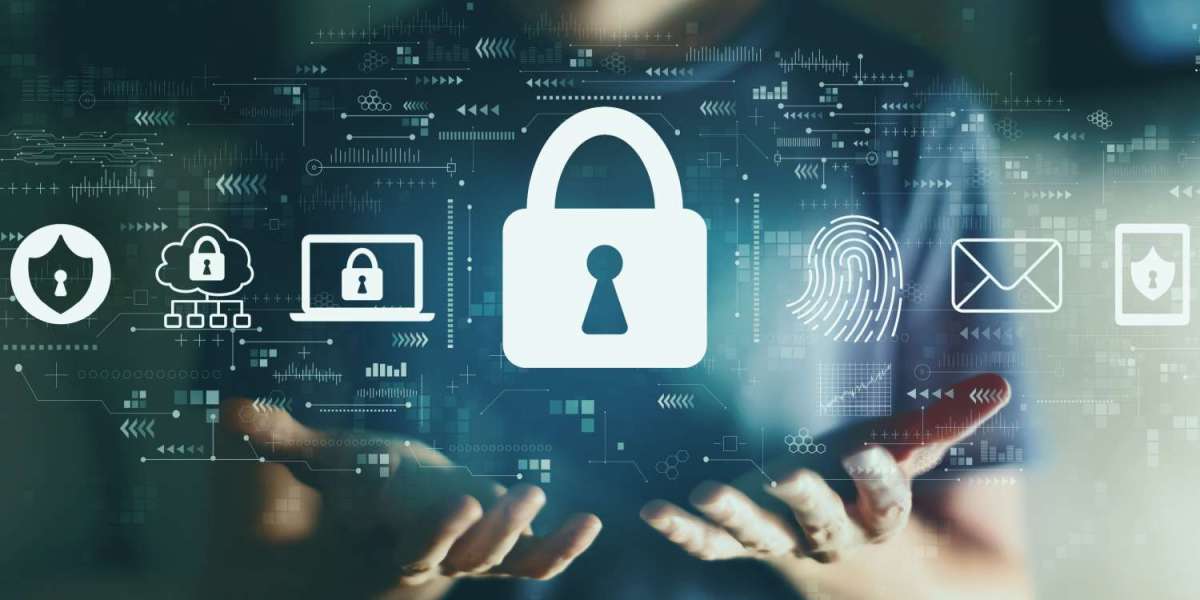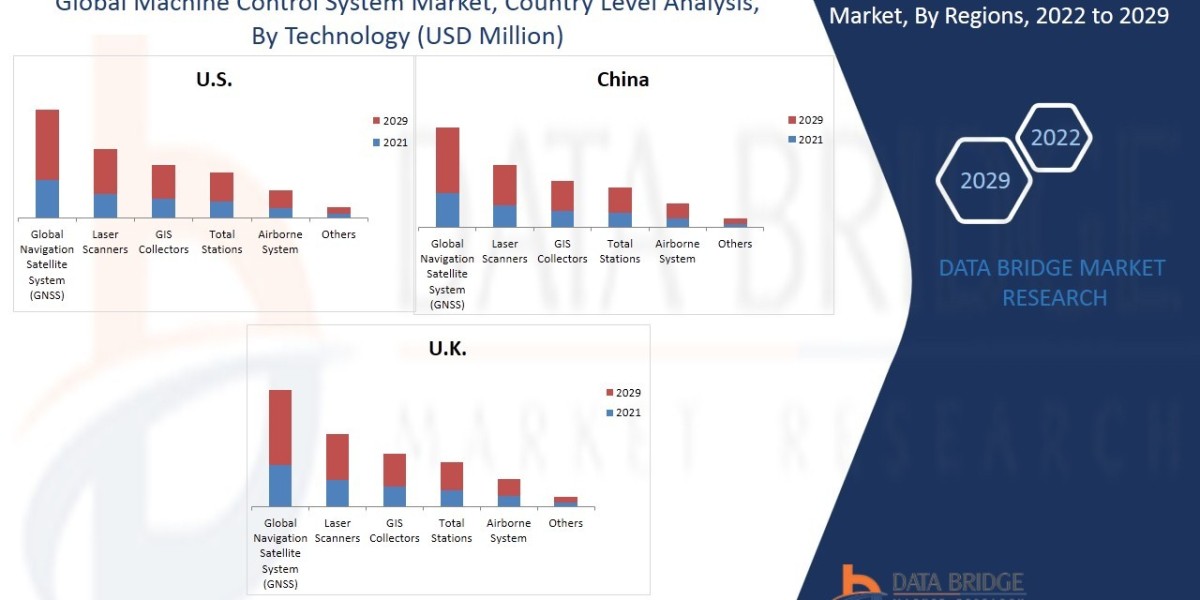Introduction:
In an era dominated by technology, the convenience and interconnectedness of the digital world have brought about tremendous advancements. However, along with these benefits comes the escalating threat of cyberattacks, posing significant risks to individuals and organizations alike. As we navigate the complexities of the digital landscape, understanding and proactively addressing the emerging cybersecurity threat becomes imperative for safeguarding our digital lives. This article explores the evolving nature of cyber threats and provides actionable insights to help individuals protect themselves from potential cyberattacks.
The Evolving Landscape of Cybersecurity Threats:
The digital revolution has given rise to a diverse range of cyber threats, each more sophisticated than the last. From phishing and ransomware to identity theft and sophisticated hacking techniques, the arsenal of cybercriminals continues to expand. As our lives become more intertwined with digital platforms, the potential vulnerabilities increase, making it crucial to stay informed about the latest threats.
Key Cybersecurity Threats:
Phishing Attacks: Cybercriminals often use deceptive emails, messages, or websites to trick individuals into revealing sensitive information, such as login credentials or financial details.
Ransomware: This malicious software encrypts a user's data, demanding a ransom for its release. It can have devastating consequences for individuals and organizations, leading to data loss or financial extortion.
Identity Theft: Hackers target personal information to impersonate individuals, leading to financial fraud, unauthorized transactions, and damage to one's personal and financial reputation.
Malware and Spyware: Malicious software can infect devices, compromising data security and privacy. Spyware, in particular, is designed to monitor and gather information without the user's knowledge.
Social Engineering: Cybercriminals exploit human psychology to manipulate individuals into divulging confidential information or performing actions that compromise security.
Protective Measures Against Cyber Threats:
Security Awareness: Stay informed about the latest cyber threats and educate yourself on common tactics used by cybercriminals. Awareness is the first line of defense.
Strong Passwords: Use complex, unique passwords for different accounts, and consider implementing multi-factor authentication for an added layer of security.
Secure Networks: Ensure that your home and public Wi-Fi networks are password-protected and use encryption protocols to prevent unauthorized access.
Regular Software Updates: Keep your operating system, antivirus software, and applications up to date to patch vulnerabilities and enhance overall security.
Email Vigilance: Be cautious of unsolicited emails, especially those requesting personal information. Avoid clicking on suspicious links or downloading attachments from unknown sources.
Data Backup: Regularly back up your important data to an external source or cloud service to mitigate the impact of potential ransomware attacks.
Privacy Settings: Review and adjust the privacy settings on your devices and online accounts to control the information you share and limit exposure to potential threats.
Conclusion:
As the digital landscape evolves, so do the methods employed by cybercriminals. Safeguarding against the emerging cybersecurity threat requires a proactive and informed approach. By staying vigilant, adopting security best practices, and embracing a cybersecurity mindset, individuals can significantly reduce the risk of falling victim to cyberattacks. In an interconnected world, protecting oneself online is not just a personal responsibility but a crucial step towards building a safer digital environment for everyone.



